There’s no denying that we are living in the age of pets. More and more people, especially the youth, are embracing pet ownership, and the amount of money spent on pets is also on the rise. Many are willing to take on the time-consuming and energy-draining task of caring for these furry friends, from the “boss” to the “emperor.”
If you’re considering joining the “true sen” club, you first need to have the “golden hand in choosing cats.” Sounds challenging, right? Don’t worry; in this article, we will introduce you to the most popular cat breeds in Vietnam. Let’s get started.
1. Domestic Cats
Tabby Cat
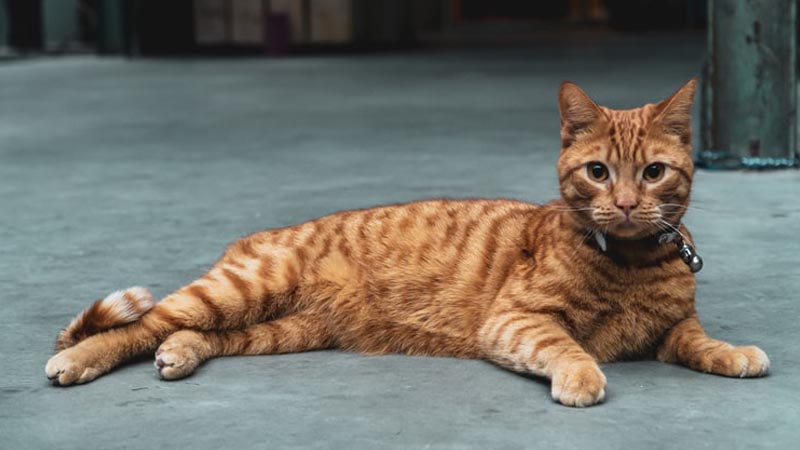
The tabby cat, or “mèo mướp” in Vietnamese, is not actually a separate breed. Instead, any cat with striped fur is referred to as a tabby cat.
The distinctive feature of a tabby cat is the “M” shape on their forehead and the squiggly lines on their face. Not all tabby cats have striped fur, and they can have up to five different coat patterns, helping you differentiate them from other cat breeds.
If you’re looking for a mouse hunter, the tabby cat is the number one choice. Their superior mouse-catching abilities, combined with their cunning nature, make them very active and playful. However, they are true night owls, embracing the motto “sleep during the day and work at night,” so don’t be surprised if your cat spends the day lounging and napping.
Tabby cats are a common domestic breed in Vietnam, and their price is quite affordable, ranging from 200,000 to 1,000,000 VND (depending on the seller).
Siamese Cat
 Siamese Cat
Siamese Cat
The Siamese cat is considered a symbol of good luck in many Asian countries, especially in Southeast Asia. As the name suggests, this breed originates from the “land of golden temples,” Thailand, and first appeared in the United States in 1879.
Siamese cats have distinctive physical characteristics, including large, deep blue eyes; a short, shiny coat; and a light-colored body with dark-colored face, paws, ears, and tail. Their bodies are plump, but they move with grace and agility.
Siamese cats are one of the most beloved breeds among owners, as they possess all the desirable traits. They are active but obedient, attention-seeking yet friendly, and make great playmates for children. Due to their love for children, Siamese cats can retract their sharp claws to avoid hurting others. What a wonderful cat!
This breed adapts well to the Vietnamese climate and can adjust to various living environments.
While they are easy to care for, you should pay attention to their diet, ensuring sufficient intake of nutrients found in meat, fish, and eggs. Regular grooming is also essential, and it’s important to supervise them when they’re outdoors.
For this fantastic house cat, you’ll need to spend between 1,000,000 and 2,000,000 VND for a purebred and 300,000 to 500,000 VND for a mixed breed.
Reference: The Persian cat is a unique breed with a distinct coat. Let’s learn more about it!
Yellow Cat
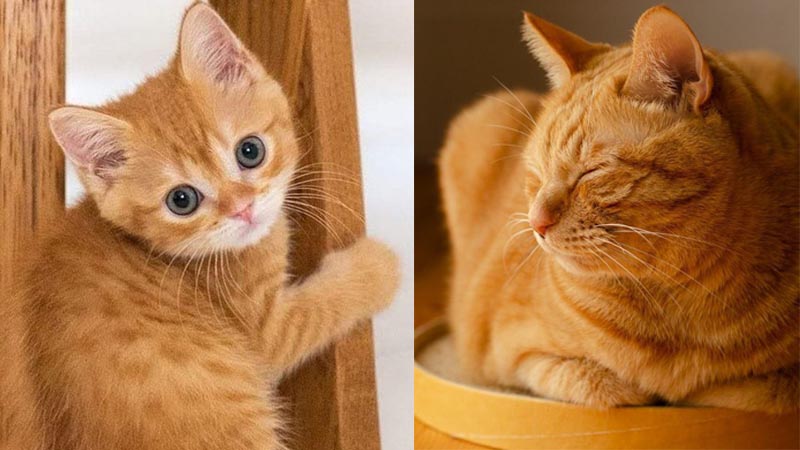
The yellow cat is one of the most common domestic cat breeds in Vietnam and other Asian countries. As the name suggests, most individuals of this breed have short, shiny yellow fur. They typically have a medium build, with a slim and muscular body.
Yellow cats are inherently independent and do not enjoy being cuddled or clingy with their owners. They are playful and excellent mouse hunters. Additionally, they enjoy sunbathing, grooming, and licking their fur.
Due to their high adaptability and self-reliant nature, caring for and training yellow cats does not require advanced skills. However, it’s important to regularly clean their eyes and avoid feeding them too much pungent food when they’re young to prevent digestive issues.
You can find yellow cats almost everywhere, with prices ranging from 100,000 to 150,000 VND. Your neighbor might even have one to spare!
Reference:
2. Imported Cats
British Shorthair
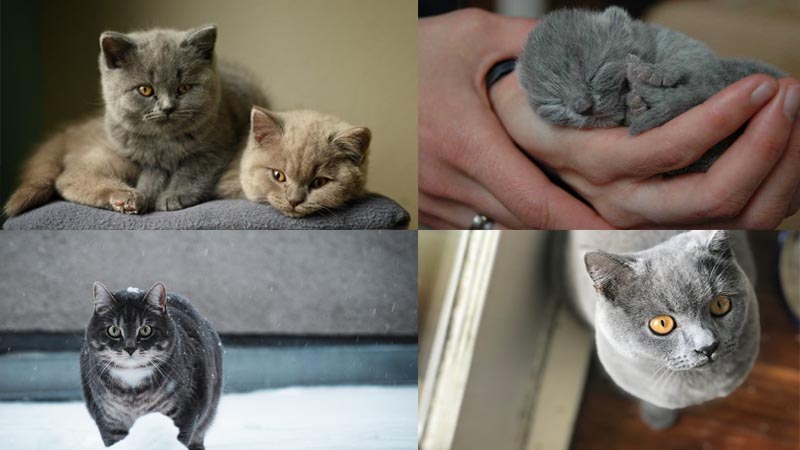 British Shorthair
British Shorthair
The British Shorthair, or “mèo Anh lông ngắn” in Vietnamese, is a cat breed beloved by young people. It is also one of the oldest breeds in the world, dating back to ancient Rome when the empire invaded England. Due to their adaptability, they became popular pets among the English nobility until they fell out of favor in the late 19th century with the arrival of the Persian cat.
British Shorthairs have chubby, round bodies with short legs and plump, round paws. Their appearance scores a perfect 10/10 for cuteness and beauty. Some distinctive features include a short, thick coat, often gray; a large head; chubby cheeks; very round, large eyes; and a thick, round tail that is not fluffy.
British Shorthairs are “hot-tempered but cold-faced.” While they enjoy physical affection and being clingy with their owners, they are not overly active, playful, or destructive. They are similar to “anti-social” people who prefer solitude, quietness, and can entertain themselves.
However, this passive and lazy nature also makes British Shorthairs the breed most prone to obesity. Therefore, when adopting a British Shorthair, be careful not to spoil your “boss” with too many treats, as this can affect their lifespan. Fun fact: the British Shorthair was the inspiration for the Cheshire Cat in Lewis Carroll’s “Alice in Wonderland.”
The price of a purebred British Shorthair in Vietnam ranges from 4,500,000 to 8,000,000 VND, and they are usually sold as kittens.
Reference: Learn more about the origins and characteristics of the Persian cat, a sophisticated and snobbish breed.
British Longhair
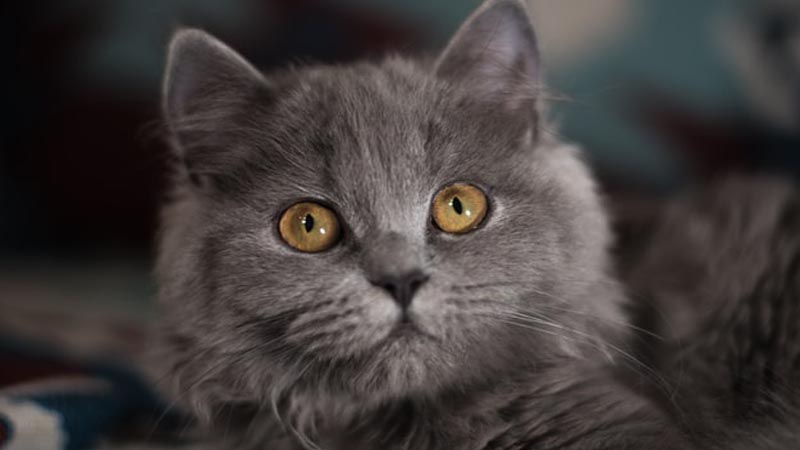 British Longhair
British Longhair
If you’re seeking a cute, chubby cat that is easy to care for, obedient, and well-behaved, look no further than the British Longhair. This breed, often referred to as “mèo Anh lông dài” in Vietnamese, originates from the United Kingdom.
They are often described as elegant gentlemen or graceful ladies with a thick, fluffy coat resembling a luxurious fur cloak. This image is not far from the truth, as their aristocratic demeanor comes from their lineage: a combination of Persian and British Shorthair cats.
British Longhairs typically have long, thick, and shiny fur. Their heads are round, with chubby cheeks, short but strong legs, and bright eyes. In terms of personality, they are not as playful and active as other cat breeds. Instead, they prefer to lounge and are not fond of physical activity. British Longhairs value their personal freedom but also enjoy being petted and cuddled, fitting the description of “liking to be alone but hating loneliness.”
True to their aristocratic roots, British Longhairs have a noble diet. Remember to limit their carbohydrate intake and provide them with plenty of protein-rich foods like fish, meat, eggs, and cheese. Additionally, regular grooming, especially during spring and autumn, is essential to maintain their luxurious coat.
The price of a purebred British Longhair (with purebred parents) ranges from 2,000,000 to 3,000,000 VND.
Persian Cat
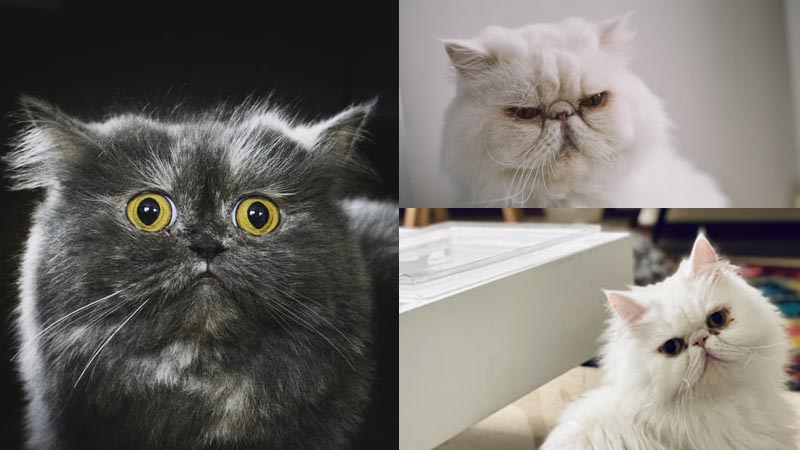 Persian Cat
Persian Cat
The first impression many people have of the Persian cat, or “mèo Ba Tư” in Vietnamese, is likely its unapproachable and grumpy expression. However, don’t be fooled, as their nature is inherently friendly and gentle.
The name “Persian” hints at its origins, and this breed is also known as the “Persian cat.” They have a well-proportioned body and a long, thick double-layered coat that comes in various colors: cream, white, red, brown, café au lait, gray-blue, and more.
Persian cats are inherently calm and friendly. They are not jumpers, destroyers, or playful, but they are intelligent. They live with loyalty and affection, enjoying physical touch and cuddling. They are also known for their wise, moderate, and gentle behavior. Truly aristocratic, aren’t they?
When caring for a Persian cat, it’s crucial to regularly groom their coat and provide them with a comfortable, clean, and airy space to prevent eye and respiratory problems.
The price of a traditional Persian cat without papers ranges from 3,000,000 to 10,000,000 VND, while a cat with papers costs between 8,000,000 and 16,000,000 VND.
Scottish Fold
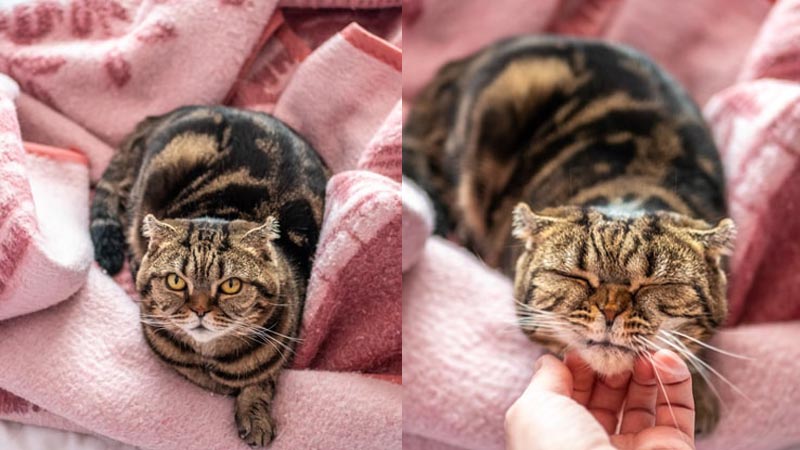 Scottish Fold
Scottish Fold
The Scottish Fold was first discovered on a farm in Scotland in 1961, and the first cat of this breed was named Susie. Since then, it has been continuously bred, resulting in various versions, all retaining the distinctive feature of ears folded forward.
This breed has a robust, muscular body but is round and fluffy. Their legs are longer than those of other cats, and their limbs are particularly strong and powerful. An interesting fact is that Scottish Fold kittens are born with straight ears, but after about 21 days, their ears start to fold down, just like their ancestors.
However, there are different levels of ear folding: Single Easy Fold (slightly folded), Single Fold (folded but still visible), Double Fold (folded very close to the head), and Triple Fold (completely folded against the head).
The Scottish Fold is the epitome of “a calm face in the village.” They maintain a peaceful, calm, and composed attitude in any situation. This breed is very friendly to humans, especially children, and they are fond of their owners. They are well-suited for those living in apartments or smaller spaces.
There are four key considerations when caring for and training a Scottish Fold: First, regularly clean their ears without using cotton swabs. Second, since they love fish, include it in their diet. Third, trim their nails every two weeks, cutting only the nail tip without touching the pink part. Fourth, groom their fur once a month to remove dead hair.
In the Vietnamese cat market, you can find Scottish Folds at various prices, ranging from 500,000 to 1,500,000 VND. However, it’s recommended to purchase from reputable “pet” shops to ensure purity, genetics, and health.
Sphynx Cat (Egyptian Cat)
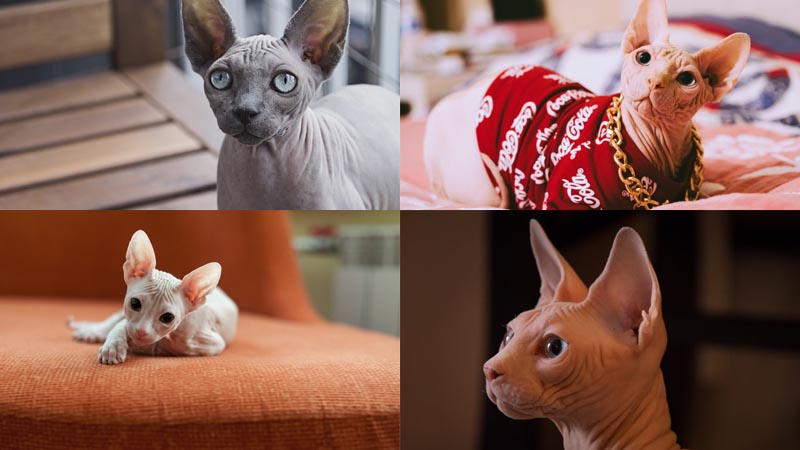 Sphynx Cat (Egyptian Cat)
Sphynx Cat (Egyptian Cat)
Let’s go back in time to 1966 in Toronto, Canada, where a regular female cat gave birth to a hairless and completely white kitten named Prune. Prune grew up and mated with her mother, producing another litter of hairless kittens. And thus, the world welcomed a completely new breed, the Egyptian cat, a natural mutation without genetic modification.
Hairless and scary—these are the adjectives often used to describe the Sphynx cat. In reality, they do have hair, but it’s extremely thin and sparse, making it difficult for them to retain body heat. In addition to their hairlessness, they have numerous wrinkles, large ears, huge eyes, and a stern expression.
Despite these physical disadvantages, the Sphynx cat remains captivating. They are intelligent, friendly, and eager to learn. When encountering strangers, they are not shy or reluctant to interact, instead greeting them warmly and hospitably. They enjoy attention, cuddling, and being cared for, and they like to snuggle up with their owners at night.
The Sphynx cat is likened to a capricious, hard-to-please lady because their unique coat requires special care. Here are some basic care tips: Due to their thin coat, they need to be kept exceptionally clean and bathed regularly.
In winter, they must wear clothes to stay warm, while in summer, their exposure to direct sunlight should be limited. Sphynx cats require a strict diet to maintain their health, and their litter boxes and water bowls should be kept clean.
If you’re considering owning a Sphynx cat, visit reputable imported cat breeders to ensure you receive the necessary paperwork and health guarantees. The price for this one-of-a-kind cat ranges from 25,000,000 to 40,000,000 VND.
Have you fallen in love with any of the cat breeds mentioned in this list of the most popular cat breeds in Vietnam, curated by ? We hope that with this information, you’ll have more knowledge about choosing a “boss” and gain some insights into caring for and training these wonderful felines. Remember to be a responsible “sen”!
Explore 12 Amazing Destinations for Biking Trips
Unlock Vietnam in a brand new way with an exciting biking tour! Discover the stunning beauty of the country with Dien May XANH’s top 12 must-see destinations. From sweeping plains to clear blue beaches and mountainous vistas – experience all the sights with your own personal cycling tour. Find your ideal route and set out for an adventure today!



































